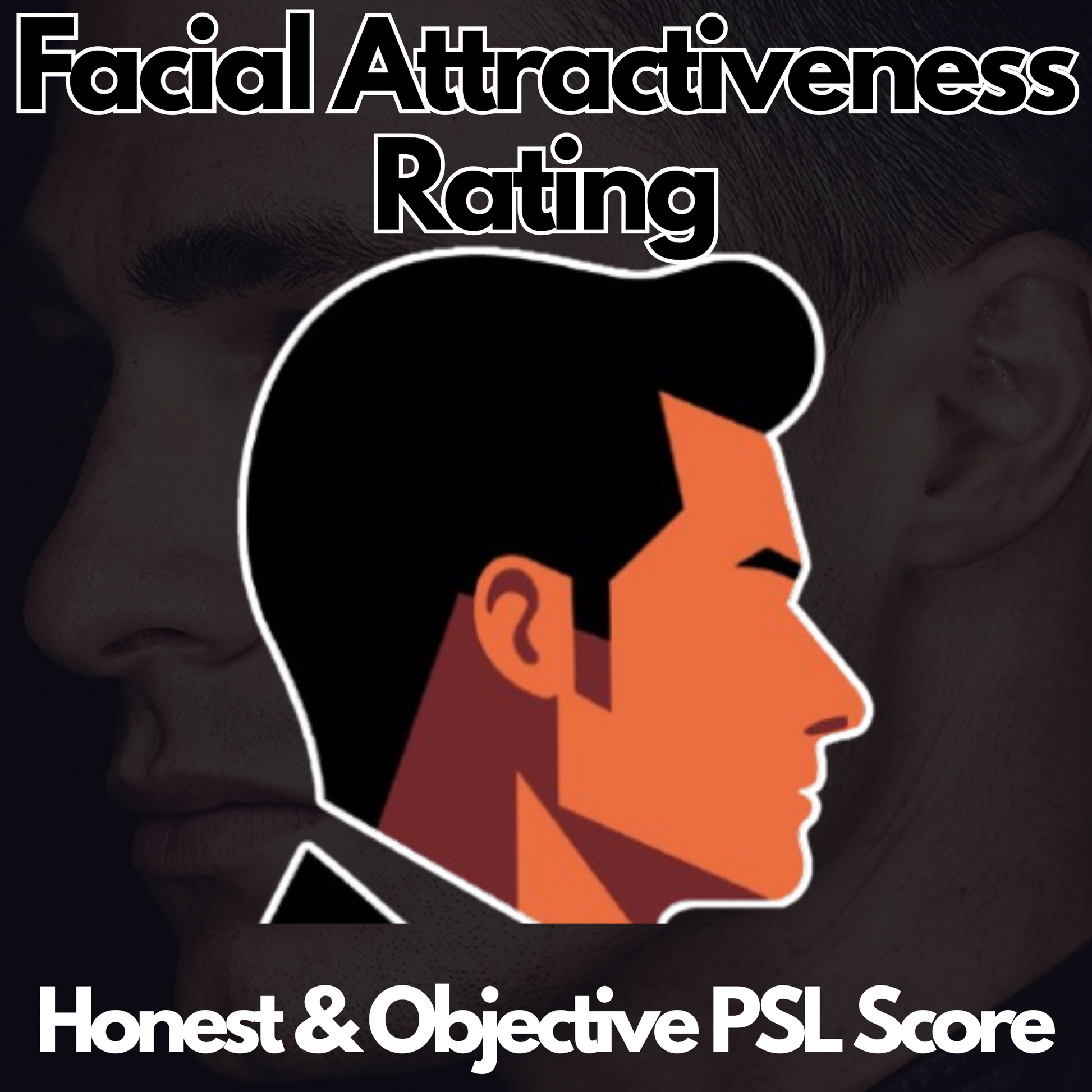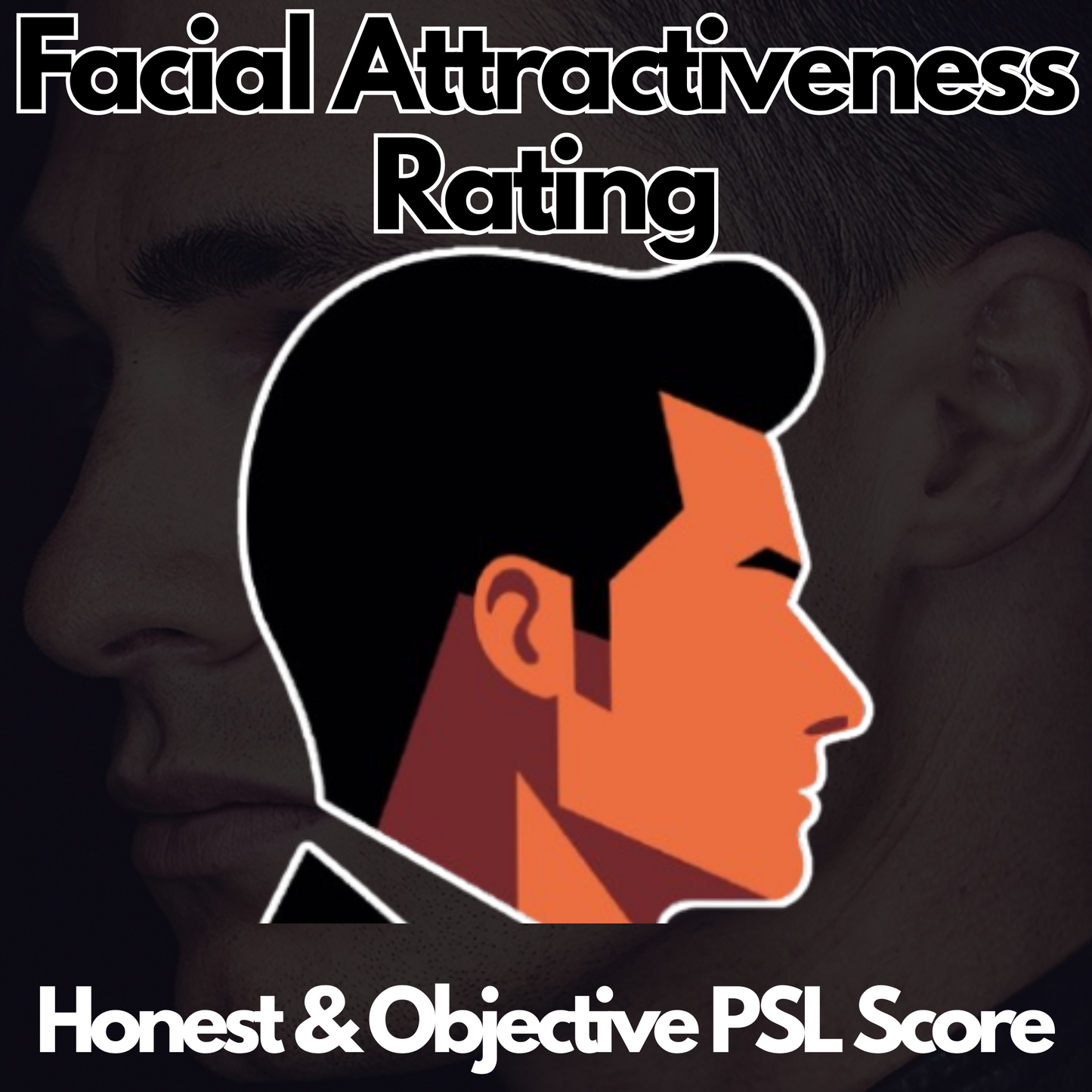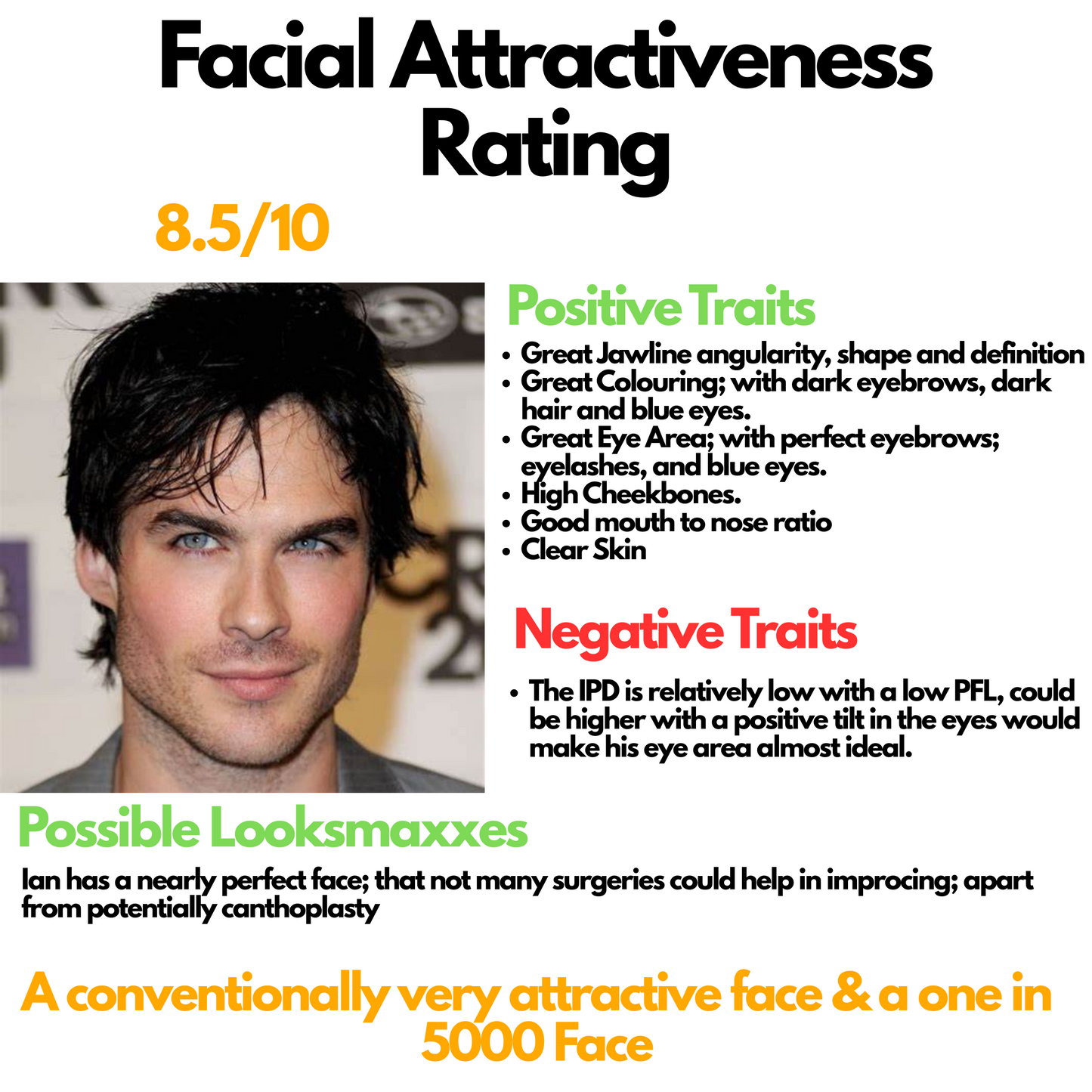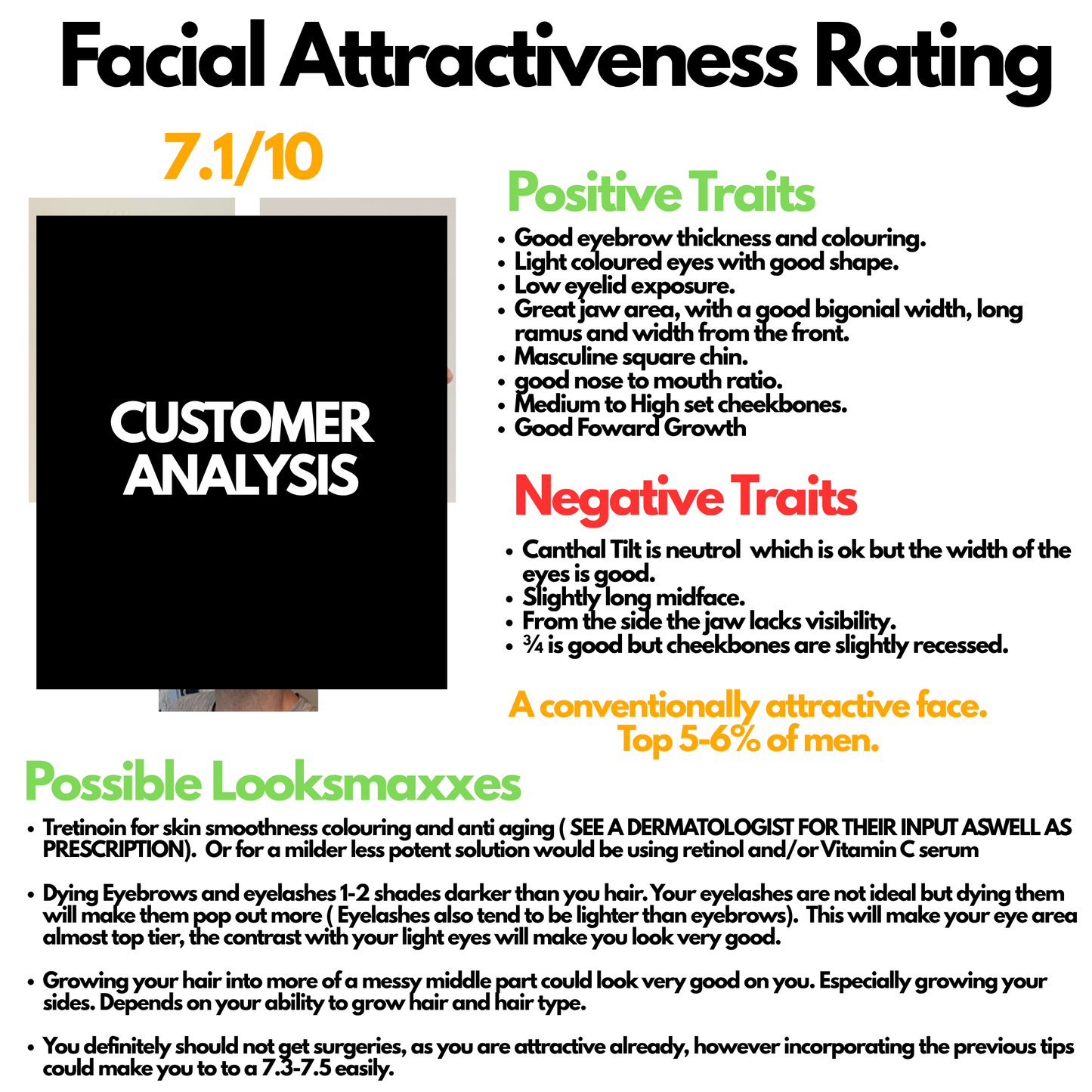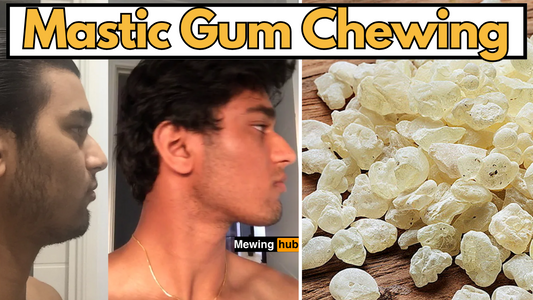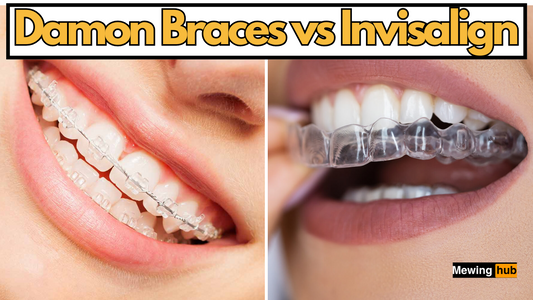Effective Mewing Techniques for Crossbite
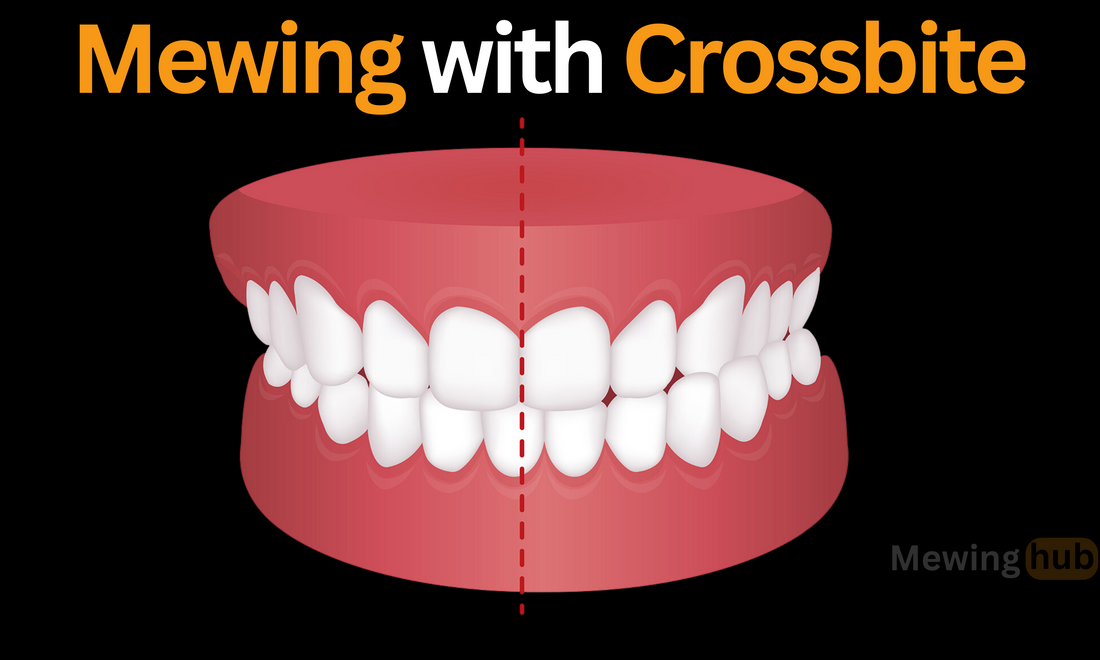
Share
Crossbite is a common dental misalignment where one or more upper teeth bite inside the lower teeth. This condition can have significant implications for oral health, contributing to TMJ disorders, uneven wear on teeth, and aesthetic concerns.
In recent years, the practice of mewing has garnered attention for its potential to influence facial structure and alignment through proper tongue posture. But how does mewing intersect with correcting a crossbite?
This article delves into the techniques and tips for effective mewing with a crossbite, offering insights on how to incorporate this practice alongside professional orthodontic treatments.
Understanding Crossbite and Its Implications
What is Crossbite?
Crossbite is a condition where the upper teeth do not align properly with the lower teeth. This misalignment can occur in different parts of the mouth, affecting either the front (anterior) or the back (posterior) teeth.

In a normal bite, the upper teeth sit slightly outside the lower teeth when the mouth is closed. However, in a crossbite, one or more upper teeth bite inside the lower teeth, leading to an improper fit.
Types of Crossbite
- Anterior Crossbite: This type affects the front teeth and is often referred to as an underbite when severe.
- Posterior Crossbite: This type involves the back teeth and can affect one or both sides of the mouth.
- Unilateral Crossbite: Affects only one side of the mouth.
- Bilateral Crossbite: Affects both sides of the mouth.
Potential Implications of Untreated Crossbite
Left unaddressed, crossbite can lead to more pronounced misalignment, temporomandibular joint (TMJ) disorders, and aesthetic concerns. Over time, the condition can exacerbate, leading to further complications in oral health.
For instance, an untreated crossbite can cause abnormal tooth wear, gum disease, and difficulties in chewing.
Additionally, it can impact the overall appearance of the smile, contributing to self-esteem issues. Thus, addressing crossbite early is crucial for maintaining oral health and overall well-being.
The Basics of Mewing
What is Mewing?
Mewing involves maintaining a specific tongue posture, where the entire tongue is pressed against the roof of the mouth, from the tip to the back. This posture is believed to exert gentle, consistent pressure on the maxilla (upper jaw), potentially influencing its shape and alignment over time.
Dr. John Mew, an orthodontist, and his son, Dr. Mike Mew, popularized this technique, advocating that proper tongue posture can play a significant role in facial development and alignment.
Checkout our Complete Mewing Guide to get started on your journey.
How Mewing Influences Jaw Alignment

The concept behind mewing is that by keeping the tongue pressed against the roof of the mouth, it can exert a force that encourages the upper jaw to expand and move into a more favorable position.
This is particularly important during growth phases in children and teenagers, as their bones are more malleable. However, adults can also benefit from mewing, although the changes may be subtler and take longer to manifest.
Mewing Techniques for Crossbite

Consistent Tongue Posture
The key to effective mewing is consistency. Ensure your tongue maintains contact with the entire palate, not just the front or middle sections. This consistent pressure is crucial for influencing the maxilla. Many people initially find it challenging to maintain this posture, but with practice, it becomes easier. It's essential to be mindful of your tongue position throughout the day, whether you're speaking, swallowing, or at rest.
Focus on the Back Third of the Tongue
People with crossbite should pay extra attention to the posterior third of the tongue. Ensuring this part of the tongue is actively engaged can help exert the necessary pressure to potentially influence the alignment of the upper jaw. This technique is crucial because the back part of the tongue exerts force on the rear part of the maxilla, which can aid in correcting posterior crossbites.
Balanced Force Application
While mewing, be mindful to apply even pressure across the palate. This balanced approach is vital for individuals with crossbite, as uneven pressure could potentially exacerbate the misalignment. Practicing mewing in front of a mirror can help ensure that the tongue is positioned correctly and that the pressure is distributed evenly.
Tips for Successful Mewing with Crossbite
Patience and Persistence
Mewing is not a quick fix, especially for structural issues like crossbite. Patience and persistence are key, as changes, if they occur, will be gradual. It's important to set realistic expectations and understand that mewing is a long-term commitment. Documenting your progress with photographs and notes can help you stay motivated and track subtle changes over time.
Combine with Professional Guidance
Mewing should not replace professional orthodontic advice. If you have a crossbite, it's essential to consult with an orthodontist and consider mewing as a complementary practice. Orthodontists can provide personalized treatment plans that address the specific needs of your dental alignment. Combining professional treatment with mewing can enhance the overall effectiveness of your efforts.
You can always book a Mewing coaching session with our mewing Influencer Mewing Guru (on youtube)
Monitor Your Progress
Keeping track of your mewing journey can provide insights into its effectiveness. Regularly photograph your dental alignment to monitor any subtle changes over time. Maintaining a journal where you record your daily practices, challenges, and observations can also be beneficial. This self-monitoring helps in adjusting your techniques and staying consistent with your practice.
Incorporate Other Oral Exercises
Alongside mewing, consider integrating other oral exercises that strengthen the jaw and tongue muscles, contributing to overall oral posture improvement. Exercises such as jaw stretches, tongue presses, and facial yoga can support the structural changes facilitated by mewing.

Make sure to checkout our Jawlize Jawline Trainers, to get a stronger and more robust jaw !
The Role of Orthodontics and Orthotropics
Orthodontic Treatments for Crossbite
Orthodontic treatments, such as braces or aligners, are traditional methods to correct crossbite. These treatments are tailored to each individual and provide a structured approach to dental alignment. Braces, for instance, use brackets and wires to gradually shift teeth into the correct position. Clear aligners, on the other hand, offer a more discreet option that can be removed for eating and cleaning.
How Orthotropics Complements Mewing
Orthotropics focuses on the growth and development of the face and jaws, often involving exercises and habits that complement mewing. This discipline emphasizes the importance of proper oral posture, including tongue position, breathing through the nose, and maintaining a closed mouth at rest. Combining orthotropics with mewing can provide a more comprehensive strategy for correcting misalignments and promoting optimal facial development.
Conclusion
Mewing presents an intriguing, non-invasive method to potentially influence dental alignment and facial structure. For individuals with crossbite, integrating mewing with a focus on consistent and balanced tongue pressure may offer a supplementary approach to traditional orthodontic solutions.
However, it's crucial to embark on this journey with realistic expectations, understanding that mewing's effectiveness can vary and should not replace professional orthodontic consultation and treatment. By combining mewing with professional guidance, patience, and persistence, individuals can work towards improving their dental alignment and overall oral health.


